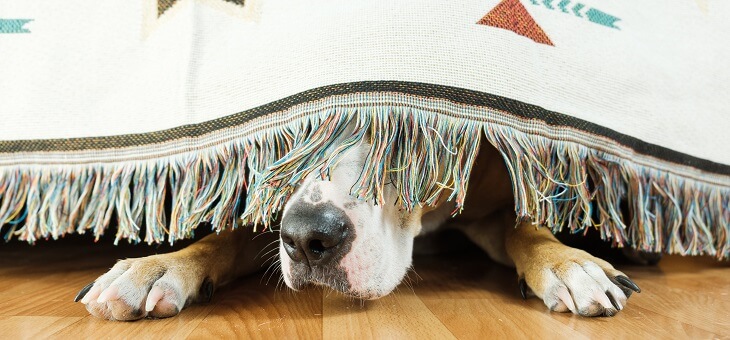For many people, the adage about dogs being man’s best friend rings very true, perhaps even more so over the past couple of years as the pandemic wreaked havoc on us – physically and mentally.
Those who have spent more time at home in this period have likely benefitted emotionally from having a canine companion. And no doubt the dogs benefitted, too.
But now, as the world slowly returns to some semblance of normal, many are returning to their offices, shops or other places of work, leaving young dogs at home for much longer periods than they’re accustomed to.
Some dogs won’t be bothered; for many others, it ranks as their worst nightmare. Just as many humans suffer from separation anxiety, so, too, do many dogs.
Read: Is DNA testing of dogs taking the love affair too far?
Although you know you’ll be back in a few hours, your dog may not be able to process that prospect rationally. For some, the moment you disappear from sight heralds thoughts of never seeing you again.
I saw this phenomenon on display just this week. A pooch left out the front of my local fruit shop was peering intently inside. He had a stare that could have sliced through one of the watermelons.
He was clearly anxious, but silent – until his owner disappeared from his line of sight. At that moment he began to howl as though he’d just been delivered the worst possible news of his life.
This dog’s separation anxiety manifested itself rather extremely. Others may not react as strongly but the anxiety is real. A crying dog in an empty house is not all that unusual.
Read: How to avoid huge vet bills and keep your pets healthy
What can be done, then, if you’re preparing to spend less time at home or are already doing so?
One method is a device that allows you to talk to your pup. It’s in a ball and is activated when the dog plays with it. Developed by scientists at the University of Glasgow, the DogPhone, as it is branded, even gives visual contact.
But there are some doubts about how effective it is. For some dogs, your disembodied face and voice may actually increase their stress levels.
Starting a conversation with your local vet is a good first step. Canine anxiety is very common and all vets are familiar with it. One of the initial strategies could be as simple as providing the dog with a basic pheromone.
Read: What’s worth it when it comes to treating anxiety
Celebrity vet Dr Harry Cooper says he’s had great success with a product known as Adaptil, a spray that releases a synthetic version of the same pheromone compounds secreted by a female dog around her mammary glands, providing comfort to her puppies. This can help reverse the effects of the stress hormone cortisol.
In more severe cases, you could enlist dog behaviourists to help you implement a range of strategies that may help. This may not take long for some dogs, but can take months or even longer for others.
There are also things you can try yourself that may help, for example allowing your dog into rooms where you are not, and not calling them to be by your side whenever you are home. Getting them used to not being close by while you’re there may help them cope when you are not.
Ideally, you should try to avoid periods of more than a few hours away from home. The more time you spend with your canine companion, the happier you’re both likely to be.
If you enjoy our content, don’t keep it to yourself. Share our free eNews with your friends and encourage them to sign up.

